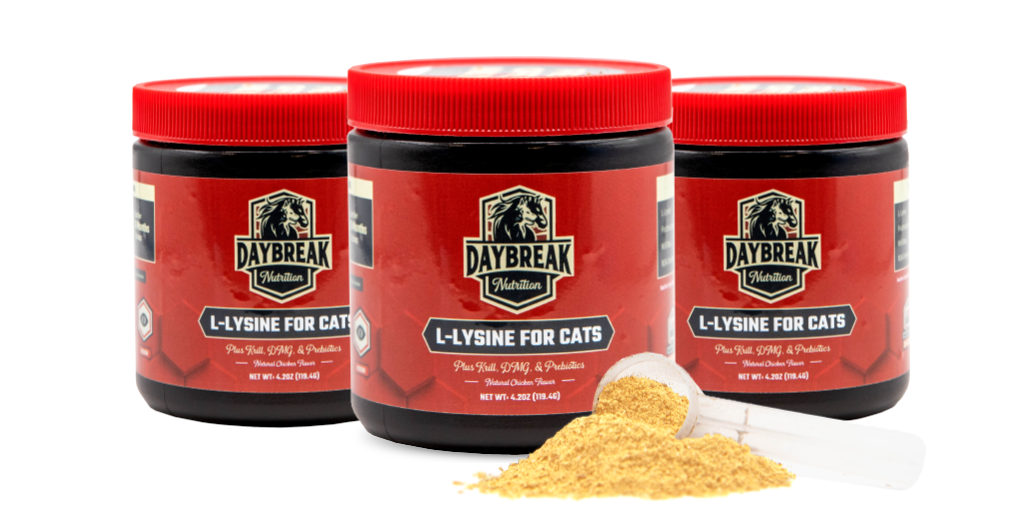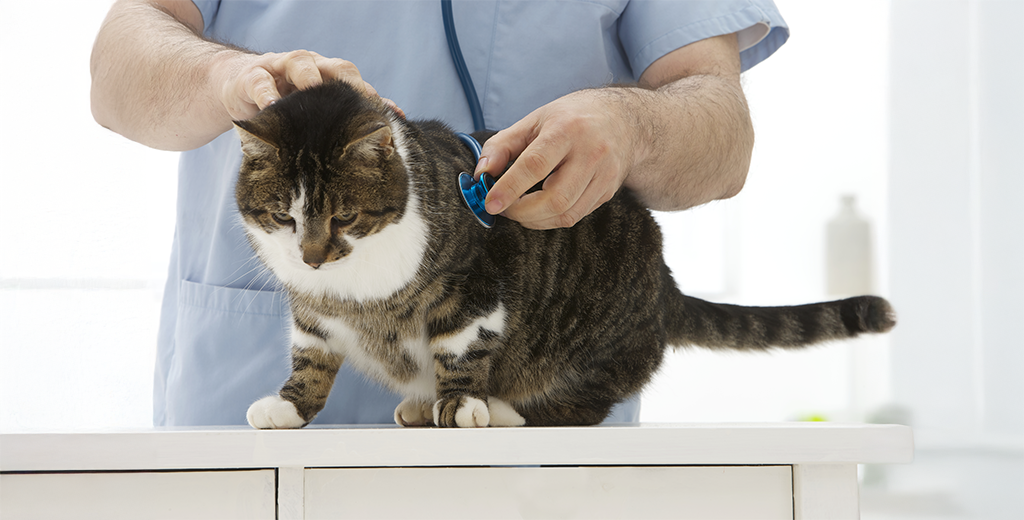A runny nose in cats can be concerning for pet owners, as it may indicate an underlying health issue.
Understanding the causes of a cat’s runny nose and knowing how to address it can help ensure your feline friend remains comfortable and healthy.
In this post, we are going to explore 5 ways to ease your cat’s runny nose, starting with what causes runny noses in cats.
Let’s dive in!
What Causes Runny Noses in Cats?
Runny noses in cats can be caused by various factors, including:
- Viral Infections: Feline herpesvirus and calicivirus are common culprits that can lead to respiratory issues and nasal discharge.
- Bacterial Infections: Secondary bacterial infections can develop following a viral infection, contributing to increased mucus production.
- Allergies: Environmental allergens, such as pollen, dust, or mold, can irritate a cat’s nasal passages and cause a runny nose.
- Foreign Objects: Sometimes, foreign particles or irritants can get lodged in a cat’s nose, leading to irritation and discharge.
- Dental Issues: Dental disease can cause sinus problems, leading to nasal discharge as well.
Recognizing these causes is essential for effective treatment and care.
5 Ways to Ease Runny Noses in Cats
1. Take a Cat Lysine Supplement
One of the best ways to support your cat’s health and ease a runny nose is by incorporating an L-lysine supplement into their diet.
L-lysine is an amino acid that has been shown to boost the immune system and is particularly effective against viral infections, such as feline herpesvirus.
Regular supplementation can help reduce the severity and frequency of respiratory issues, promoting overall health in your cat.
My cat’s personal favorite L-Lysine Supplement is Daybreak Nutrition’s L-Lysine for Cats.
Daybreak’s L-Lysine for Cats is an excellent choice for addressing your cat’s runny nose, as it boosts the immune system and provides essential respiratory support.
Each scoop contains a powerful 900 mg of L-lysine, which is known to combat viral infections, particularly feline herpesvirus, a common cause of nasal discharge.
Additionally, the formula is enriched with prebiotics and krill, promoting gut health and overall immune defense.
Simply follow the directions on the back and you’re good to go!

*Administer L-lysine supplements as directed by your veterinarian.
2. Keep Your Cat Hydrated
Ensuring your cat stays well-hydrated is crucial, as proper fluid intake can help thin mucus and make it easier for them to breathe.
Encourage your cat to drink plenty of water by providing fresh, clean water daily.
You can also use a pet water fountain to entice them to drink more.
3. Use a Humidifier
Introducing a humidifier in your home can help create a more comfortable environment for your cat.
Increased humidity can ease nasal congestion and make it easier for your cat to breathe.
Place a humidifier in the room where your cat spends the most time.
Ensure it is clean and well-maintained to avoid any potential irritants.
4. Monitor Allergens
If allergies are suspected to be the cause of your cat’s runny nose, monitoring and minimizing exposure to allergens can be beneficial.
Keep your home clean by regularly vacuuming and dusting to reduce allergens.
Additionally, consider using air purifiers to help filter out airborne irritants.
5. Consult Your Veterinarian
If your cat’s runny nose persists or is accompanied by other symptoms, such as coughing, sneezing, or lethargy, consulting your veterinarian is essential.
Your vet can perform a thorough examination to determine the underlying cause of the nasal discharge and recommend appropriate treatments, such as medications or topical ointments, to alleviate symptoms.
Ease Your Cat’s Runny Nose
Easing a cat’s runny nose involves a combination of immune support, hydration, and environmental adjustments.
By incorporating a lysine supplement, ensuring proper hydration, using a humidifier, monitoring allergens, and consulting your veterinarian when necessary, you can effectively support your cat’s health and comfort.
Understanding the underlying causes of a runny nose and implementing these strategies will help you ensure your feline friend remains happy and healthy.
Thank you for reading!
Affiliate Disclosure
Some of the links on this site are affiliate links. This means that if you click on the link and purchase the item, we may receive an affiliate commission at no extra cost to you. I only recommend products or services that I believe will add value to my readers, however some (not all) do pay us to be on this blog. Your support and theirs helps keep this blog running, and I genuinely appreciate it.
Medical Disclaimer
The information provided on this website is for educational purposes only and is not intended as medical advice. The content shared here is not written by a licensed veterinarian, and it should not be used as a substitute for professional veterinary diagnosis, treatment, or advice. Always consult with your veterinarian or other qualified pet healthcare provider before starting any new treatment or making changes to your pet’s health regimen.
